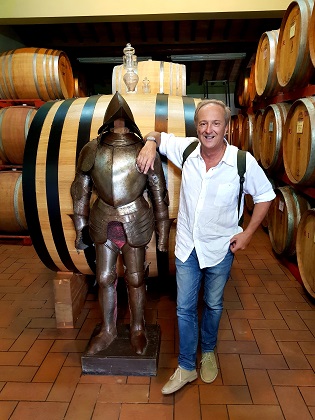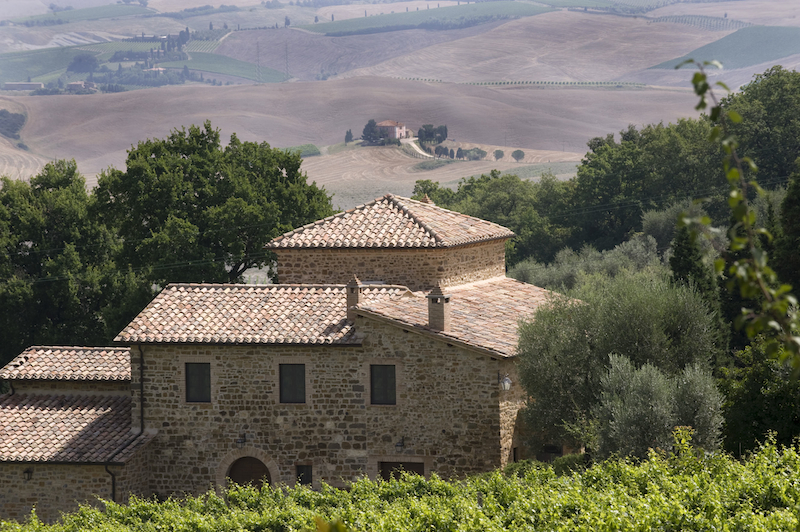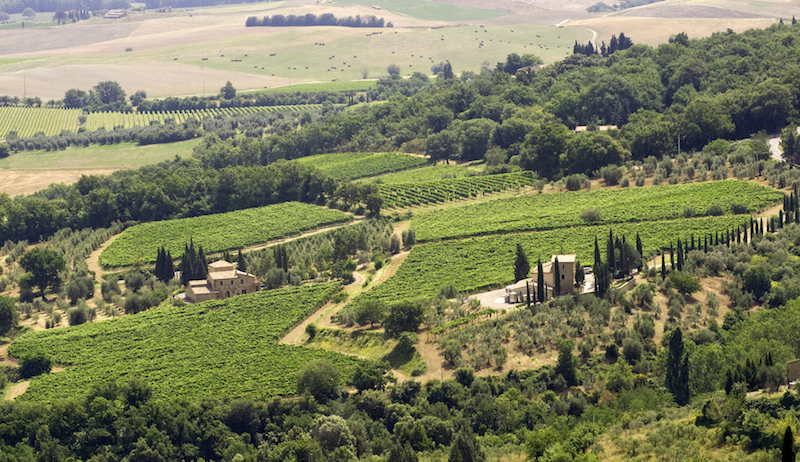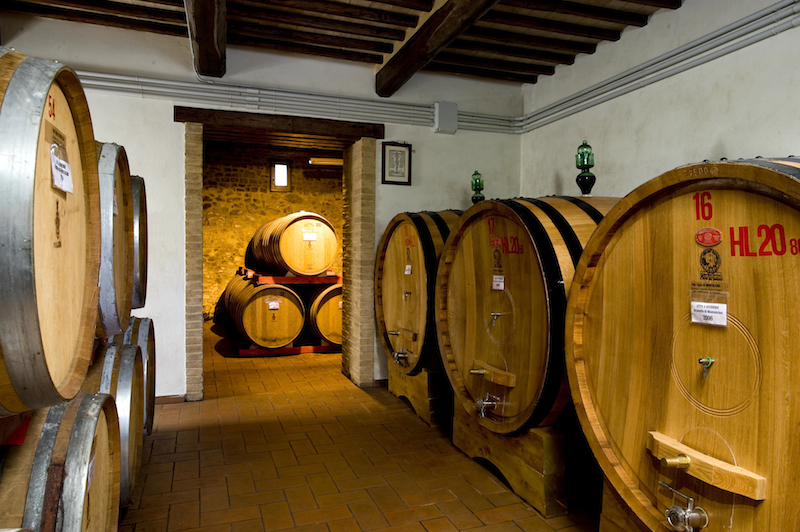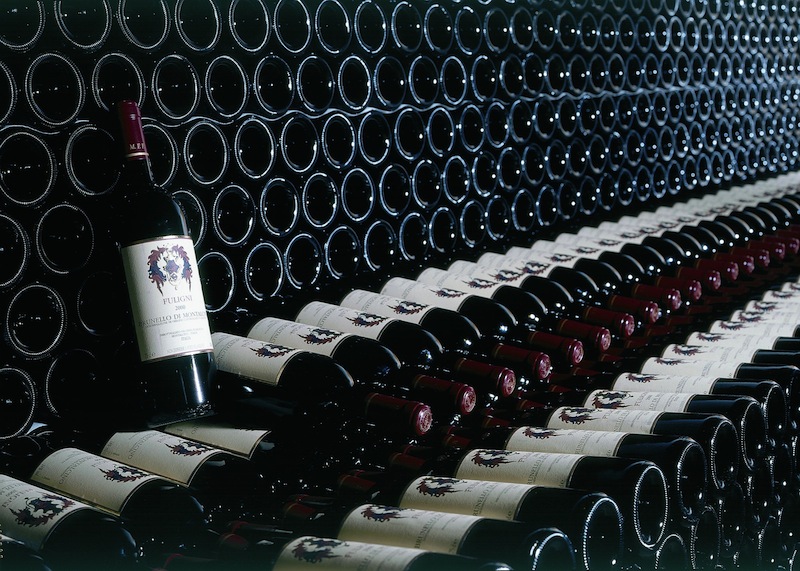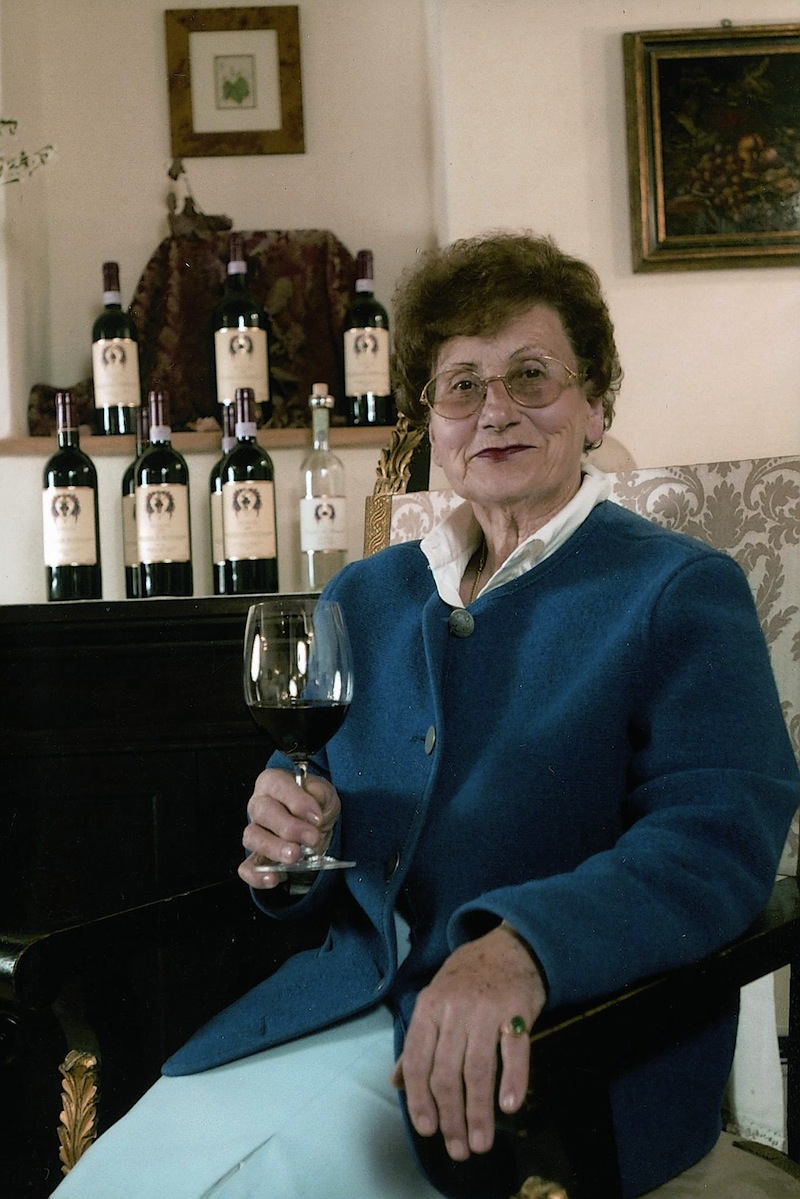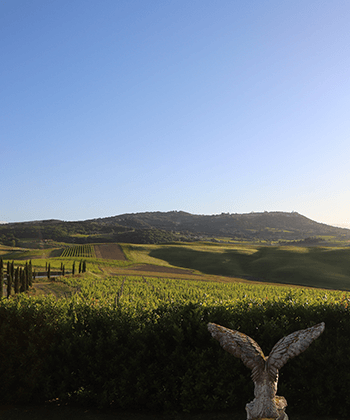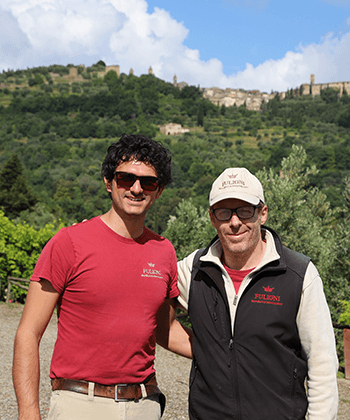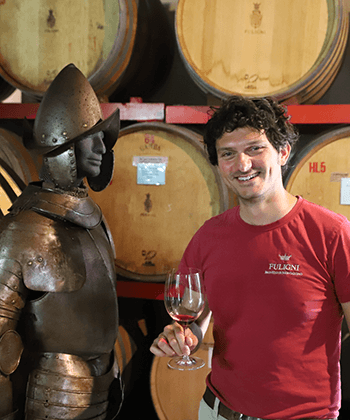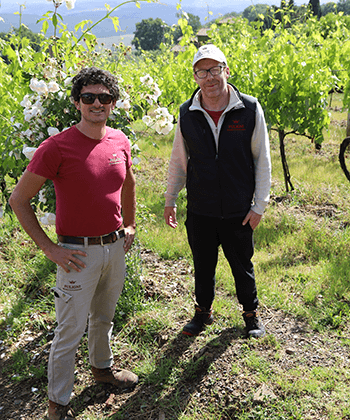
2021 JOANNI Merlot Fuligni
Tuscany Italy
15%
Red
Merlot.
Richly fruited with cassis and dark plum fruit, dark chocolate and just a gentle mint edge. Mouthfilling and bold with a core of black fruit, cassis and plum again, sleek, velvety, dark mint chocolate and complexing toba...(read more)
L&S
2018 BRUNELLO DI MONTALCINO Fuligni
Montalcino Tuscany Italy
14.5%
Red
Sangiovese Grosso.
Deep and concentrated, darkly fruited, really lovely fleshiness in the core. A rich tannic frame, gorgeous balance of ripe acid, overlaid with dark cherry, plum and damson fruit.
L&S
2018 BRUNELLO DI MONTALCINO Fuligni
Montalcino Tuscany Italy
14.5%
Red
Sangiovese Grosso.
Magnums
Deep and concentrated, darkly fruited, really lovely fleshiness in the core. A rich tannic frame, gorgeous balance of ripe acid, overlaid with dark cherry, plum and damson fruit.
L&S
2019 BRUNELLO DI MONTALCINO Riserva Fuligni
Montalcino Tuscany Italy
14.5%
Red
Sangiovese Grosso.
Magnums
Fragrant, bitter orange, cherry and plum, balsamic, coffee, sleek, taut and pure with a richly tannic frame, lovely balance and length.
L&S
